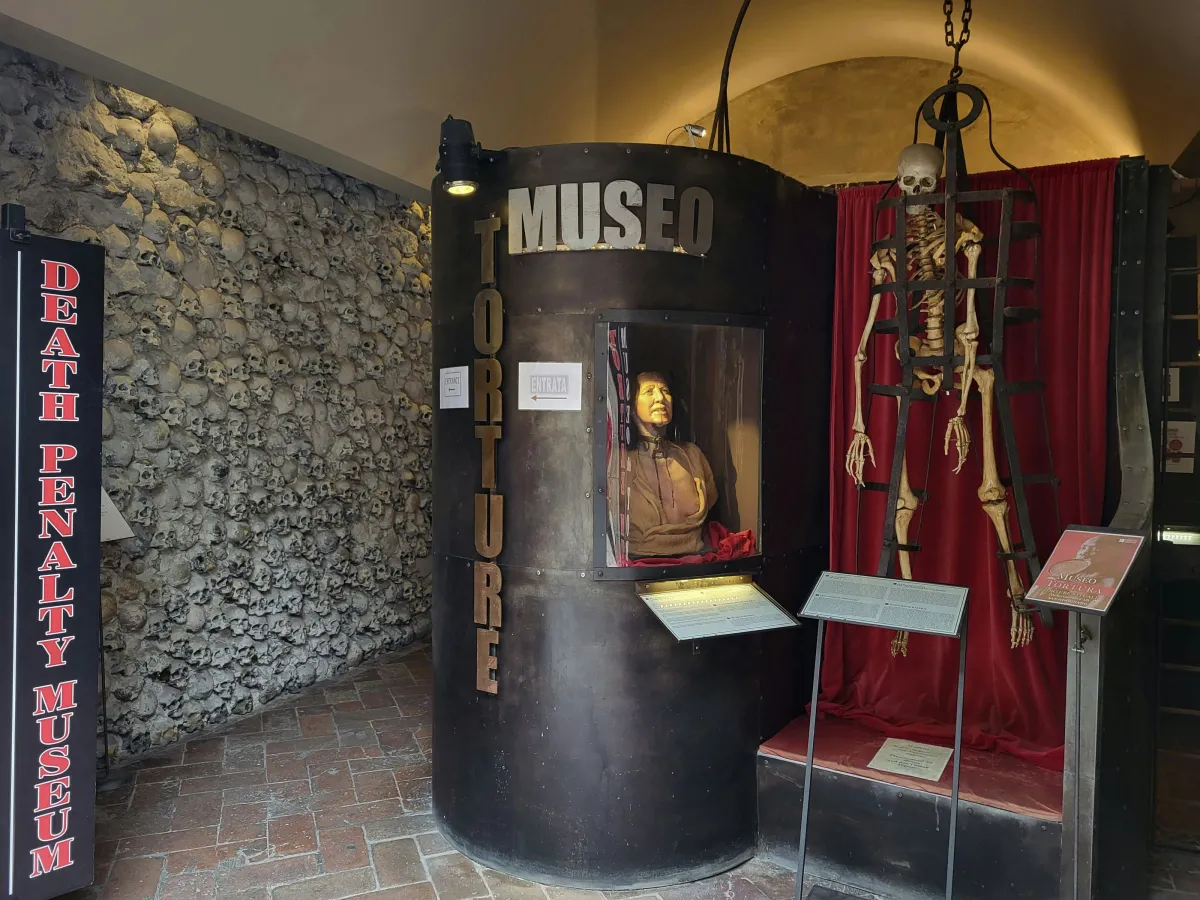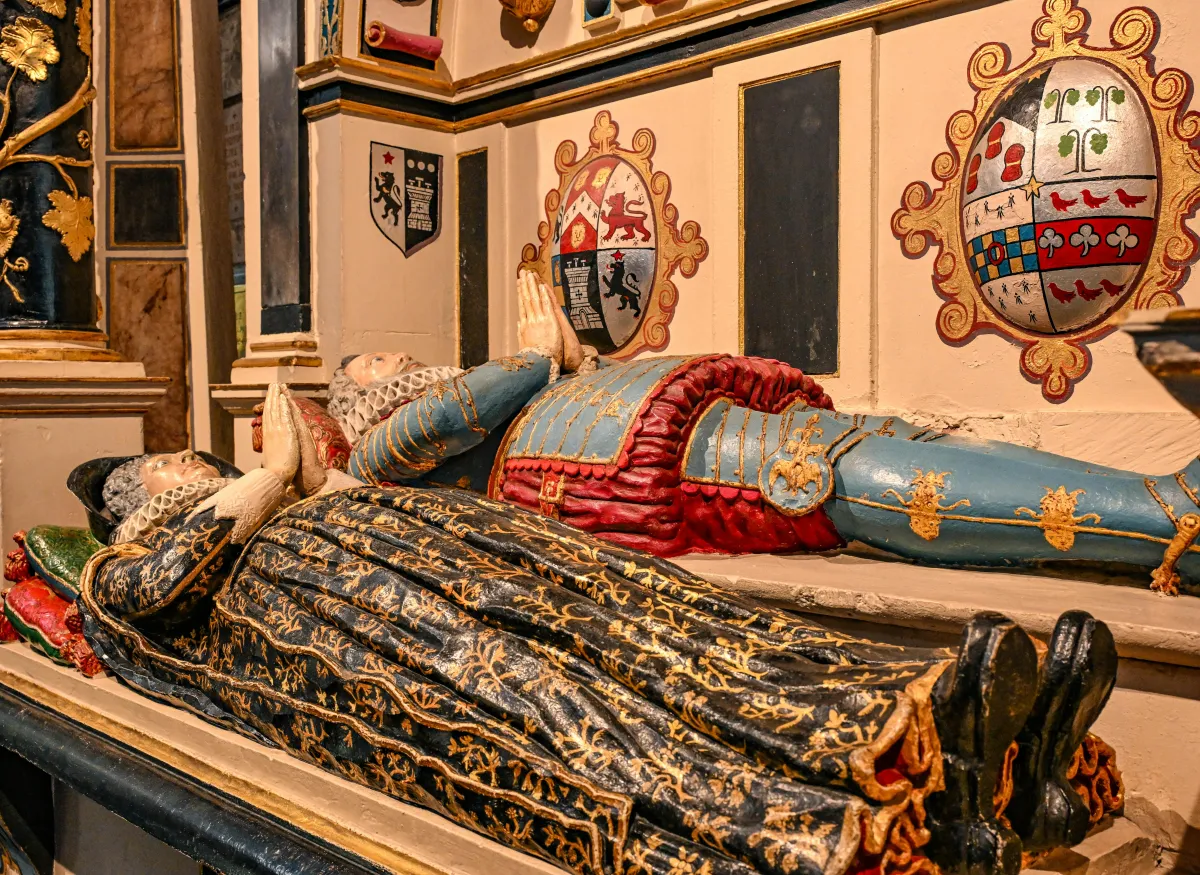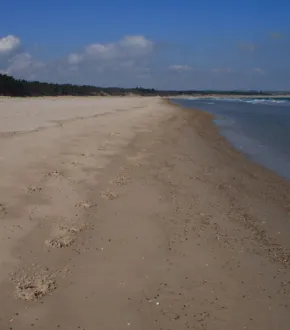13.5 °c Wind speed: 20 km/h Precipitation: 52.5 % Cloudiness: 65.5 % Humidity: 88 mm Pressure: 52.5 mb
Medieval Mile Museum
Saint Kieran's Street 49
Kilkenny
County Kilkenny
R95 R5FC
Ireland
Description
Visitors usually start their trips to Kilkenny from the Medieval Mile Museum. It is one of the country’s largest and finest examples of a medieval church. The museum reveals the stories of Kilkenny’s motivated creators and powerful patrons. Recent archaeological excavations have uncovered artefacts dating back eight centuries, which are now on display.
Starting point
The Medieval Mile is a discovery trail through the enchanting streets of Kilkenny City, the best-preserved medieval city in Ireland. It links the 13th-century St Canice’s Cathedral and the Anglo-Norman castle. Step out on the trail and discover Kilkenny's rich history in this fascinating walking tour experience. As the trail's starting point, the museum illustrates Ireland's premier medieval city. Kilkenny became a European town under the direction of William Marshal, Earl of Pembroke.
A wealthy merchant class emerged, comprising a mix of Anglo-Norman settlers and native Irish. These merchant families used the river Nore to transport wool to the international port of New Ross, which was ideally located for accessing Europe. Successful journeys inspired and encouraged them to unlock Kilkenny’s economic potential. Along the route between the Castle and St Canice’s Cathedral, these wealthy families constructed superb ‘marble’ mansions from local black limestone. Locals used paved streets and walkways to move between homes, markets, churches and orchards. By the early 17th century, this prosperous town could afford to negotiate greater rights for its citizens.
As luck would have it, the crown was close to bankruptcy, and James I announced that he was issuing charters to those who could afford them. The council of Kilkenny seized the opportunity, and in 1608, he duly responded with a charter. The third charter, issued by James I to the Council in 1609, finally established Kilkenny as a city. Nowadays, Kilkenny is a cosmopolitan city with many blooming festivals, eateries and creative people.
Huge treasure trove
Visitors to the museum will marvel at some of Ireland’s remarkable examples of medieval sculpture and the country’s largest collection of Renaissance tombs. An interactive map will reveal the hidden gems to attentive viewers. You can discover why St Mary’s church was highly influential in Medieval Ireland. In St. Mary’s room, learn the history that once was hidden through an animated timeline. The unique artefacts and human remains unearthed during the restoration can also be found here.
Located on the historical grounds, the Medieval Mile Museum is a huge treasure trove of artefacts containing the work and lives of Ireland and its people. Also on display is a series of documents from one of the most extensive ongoing archives in the country. The records detail the rules and regulations that allowed Kilkenny to thrive and develop from Ireland’s principal inland town to a prosperous Renaissance city. Glimpse the foundations of a massive tower that loomed over the city through the glass floors. Discover stories of wealth and power preserved in glorious stone carvings.
High Cross exhibition presents the High Kings of Ossory and the foundation of the monastery of Kilkenny by St Canice. The displays exhibit Kilkenni's established tradition in stone sculpture from the Neolithic period to the modern era. Kilkenny offers a unique set of civic records, tracing the city’s history to the 1200s. The ancient papers and treasures share true stories about daily life in a medieval city governed by wealthy merchants.
800 years of history
St Mary’s Hall, formerly St Mary’s Church, was founded as the city's parish church in the thirteenth century. It has been a Masonic Hall since the mid-20th century, and Kilkenny Borough Council purchased it in 2010.
The 800-year-old St.Mary's Church and Graveyard has been renovated into a state-of-the-art museum while conserving the church and grounds in their original glory. A Kilkenny County Council-led team has restored the site and its monuments, and Kilkenny Civic Trust now operates it.
The former St Mary’s Church has been converted into a modern museum and serves as a venue for special events and exhibitions. Designed to enrich the city's cultural life and offer a magnetic attraction for international visitors, the museum performs even more fundamental roles. First, it is the starting point for understanding Kilkenny’s medieval history. Second, it displays Kilkenny’s Civic Treasures and replicas of some of Ossory High Crosses. Third, it provides a space for temporary exhibitions and cultural events.
The building is a cruciform stone structure with a tower at its Western end. It is considered the finest example of a medieval church in Ireland. A walled graveyard to the rear of High Street has recently been opened as a garden to the public. It contains many carved limestone tombs and funerary monuments from the Middle Ages to the 20th century.
Through a violent cycle of change, the aisles had been removed from the nave, and the chancel had been reduced in size. The interior was divided into separate rooms and levels to make a parish hall.
The project intended to restore the church as a museum, retaining some 20th-century interventions. The medieval building required more space for all the artefacts to be displayed. The approach to the work was based on a very careful survey of every part of the building. In developing the church’s scheme, most attention was paid to carefully conserving timber, plaster, slates and stone; every piece of original fabric that could be saved was conserved. The floor was also renewed using Kilkenny limestone. It was laid in a pattern of old tombs found on church floors. The north aisle and chancel were re-constructed according to the original plan to honour the building's complexity. A large section of the original timber roof is left exposed, so the lights are directed to the archaeology levels below.
New structures were placed on foundations under the earth, which were revealed during excavations. Thanks to the new elements, some of the spatial complexity of the original building was restored. Windows, screens and old arches create a dynamic series of fixed and moving views. The chancel room overlooks the town, re-establishing its dominant shape in the urban landscape.







Comments